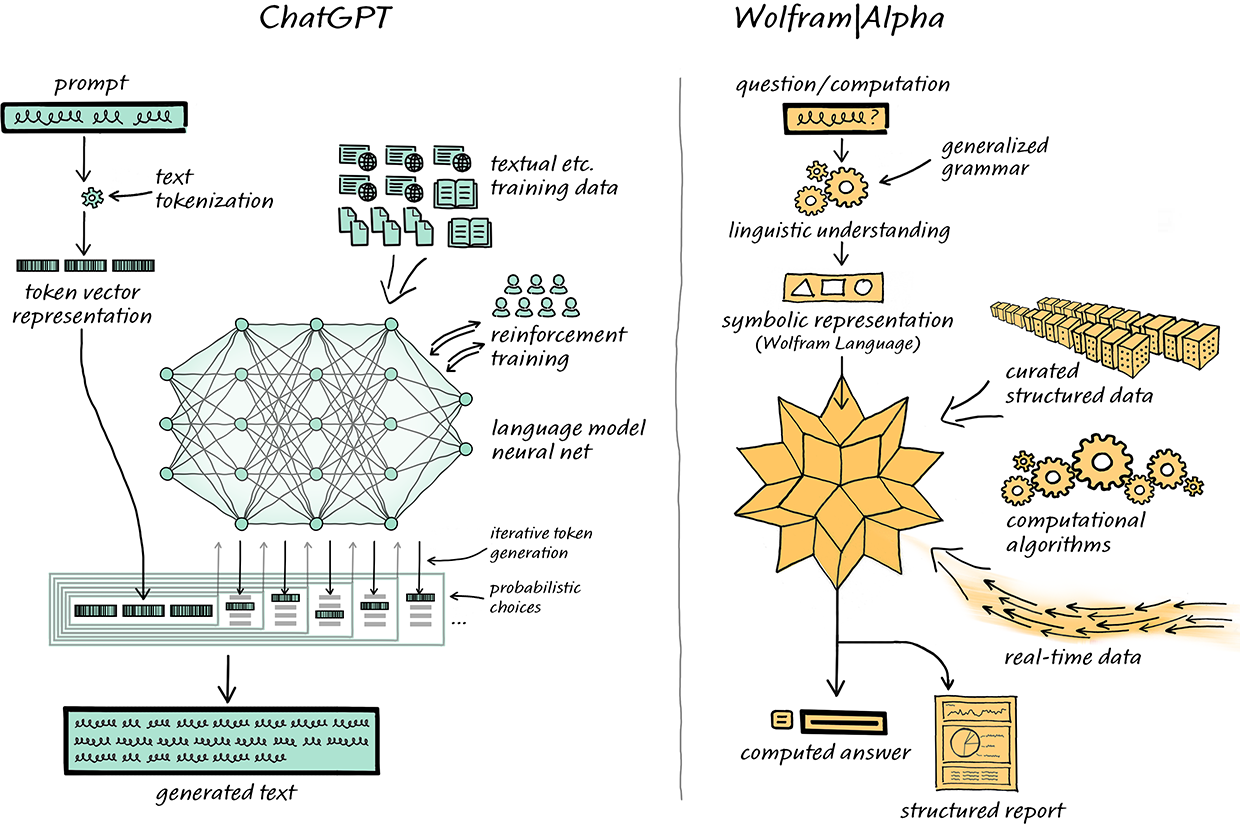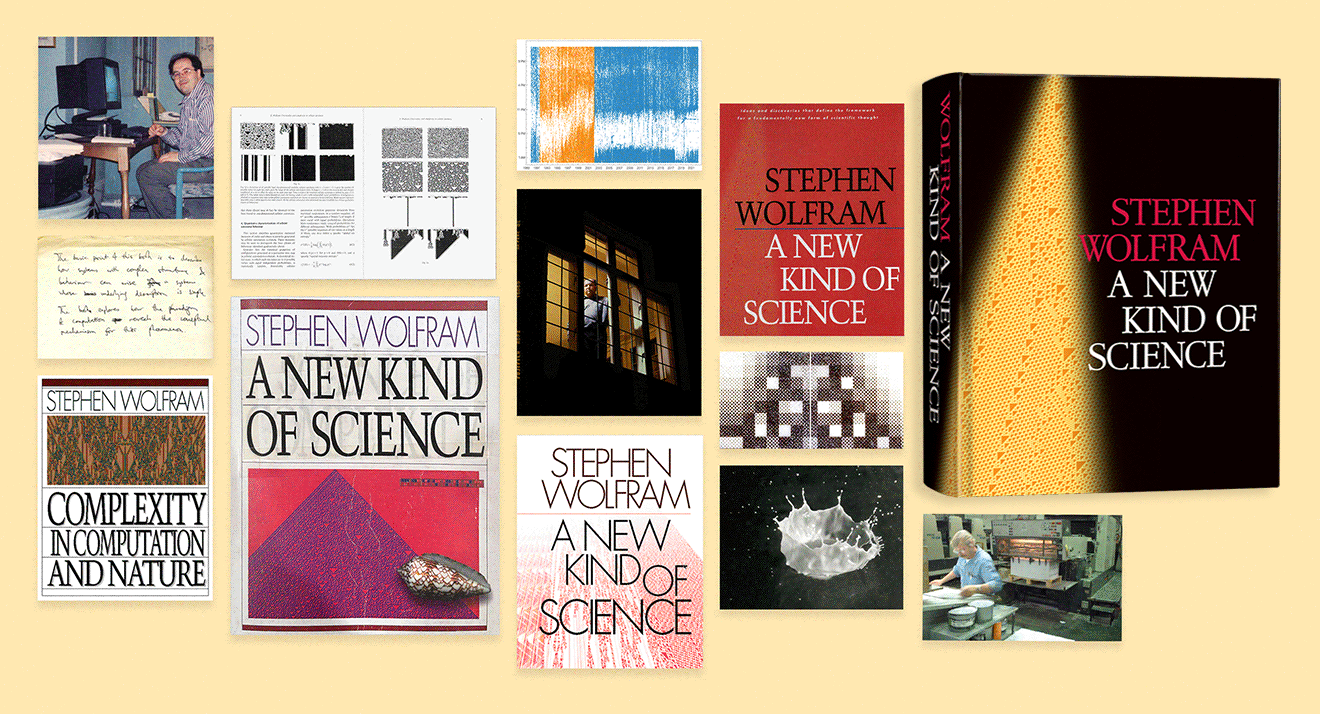
The Basic Arc of the Story
As I’ve explained elsewhere, I think I now finally understand the Second Law of thermodynamics. But it’s a new understanding, and to get to it I’ve had to overcome a certain amount of conventional wisdom about the Second Law that I at least have long taken for granted. And to check myself I’ve been keen to know just where this conventional wisdom came from, how it’s been validated, and what might have made it go astray.
And from this I’ve been led into a rather detailed examination of the origins and history of thermodynamics. All in all, it’s a fascinating story, that both explains what’s been believed about thermodynamics, and provides some powerful examples of the complicated dynamics of the development and acceptance of ideas. Continue reading









